Description
Samba Wheat (Khapli Wheat) – The Ancient Grain Making a Comeback
Long before high-yield modern wheat varieties took over Indian kitchens, Samba Khapli Wheat, also known as Emmer Wheat, was the pride of our farmlands.
This ancient grain, with a history dating back over 5,000 years, has been mentioned in Ayurveda for its wholesome and sustaining properties. Farmers once relied on it for its resilience against harsh climates and its rich, nutty taste — and now, it’s making a well-deserved comeback.
Why Samba Wheat is Special
Unlike modern dwarf wheat, which is bred mainly for quantity, Samba Khapli Wheat is all about quality and nourishment.
-
Low Gluten Content: Naturally gentler on digestion, perfect for those sensitive to high gluten.
-
Lower Glycemic Index: Releases energy slowly, helping maintain stable blood sugar levels.
-
Richer Nutrition: Packed with fiber, protein, iron, magnesium, and antioxidants.
-
Distinct Flavor: Nutty, earthy taste that makes every roti or dosa satisfying.
Nutritional Value
Raw (per 100g)
-
Calories: ~340 kcal
-
Protein: ~12.5 g
-
Carbohydrates: ~72 g
-
Fiber: ~9 g
-
Iron: ~4.5 mg
-
Magnesium: ~138 mg
Cooked (per 100g)
-
Calories: ~120 kcal
-
Protein: ~4.2 g
-
Carbohydrates: ~25 g
-
Fiber: ~3 g
Ayurvedic Insights
In Ayurveda, Khapli Wheat is considered “Jeevaniya” — life-giving.
It is said to:
-
Build muscle strength without heaviness.
-
Support digestion and reduce body heat when consumed with ghee.
-
Provide steady energy, making it ideal for both active workers and elders.
North vs South India – Wheat Preferences
-
North India: Wheat is the daily staple — chapati, paratha, poori — often paired with ghee to balance its natural heat.
-
South India: Rice dominates, but Samba Wheat is gaining popularity for those looking to reduce rice without compromising taste.
-
Samba Khapli Wheat: Works perfectly in both diets — light enough for dosas and hearty enough for chapatis.
How to Use Samba Khapli Wheat
-
For Flour: Grind and use for chapatis, phulkas, pooris, parathas.
-
As Whole Grain:
-
Wash and soak for 6–8 hours.
-
Pressure cook with 3 cups water for 5–6 whistles.
-
Use in salads, khichdi, pongal, or as a rice substitute.
-
Why Our Samba Khapli Wheat is Better
-
Grown Without Pesticides: Safe for your family, safe for the soil.
-
Stone-Milled Freshness: Preserves nutrients and flavor.
-
Direct Farmer Sourcing: Fair price for farmers, best quality for you.
-
Unpolished Grains: No nutrients lost in processing.
Storage Tips
Being chemical-free, it needs a little extra care:
-
Store in airtight containers away from moisture.
-
For long storage, refrigerate or freeze.
-
If pests appear, sun-dry and store again — pests are far less harmful than chemical residues.
Comparison – Samba Khapli Wheat vs Modern Wheat
| Feature | Samba Khapli Wheat | Modern Wheat |
|---|---|---|
| Gluten Content | Low to moderate, easier to digest | High, may cause heaviness |
| Glycemic Index | Lower – good for blood sugar | Higher – spikes sugar levels |
| Nutrients | Rich in fiber, iron, magnesium | Often stripped during processing |
| Taste | Nutty, earthy, flavorful | Neutral taste |
| Digestibility | Light, suitable for all ages | Heavy for sensitive stomachs |
| Farming | Traditionally grown, fewer chemicals | High chemical use, hybrid seeds |
A Grain Worth Choosing
By bringing Samba Khapli Wheat into your kitchen, you’re not just buying wheat — you’re reviving an ancient tradition, supporting farmers, and giving your family the nourishment they deserve.
Why Our Samba Khapli Wheat is Better
-
Grown Without Pesticides: Safe for your family, safe for the soil.
-
Stone-Milled Freshness: Preserves nutrients and flavor.
-
Direct Farmer Sourcing: Fair price for farmers, best quality for you.
-
Unpolished Grains: No nutrients lost in processing.
Storage Tips
Being chemical-free, it needs a little extra care:
-
Store in airtight containers away from moisture.
-
For long storage, refrigerate or freeze.
-
If pests appear, sun-dry and store again — pests are far less harmful than chemical residues.
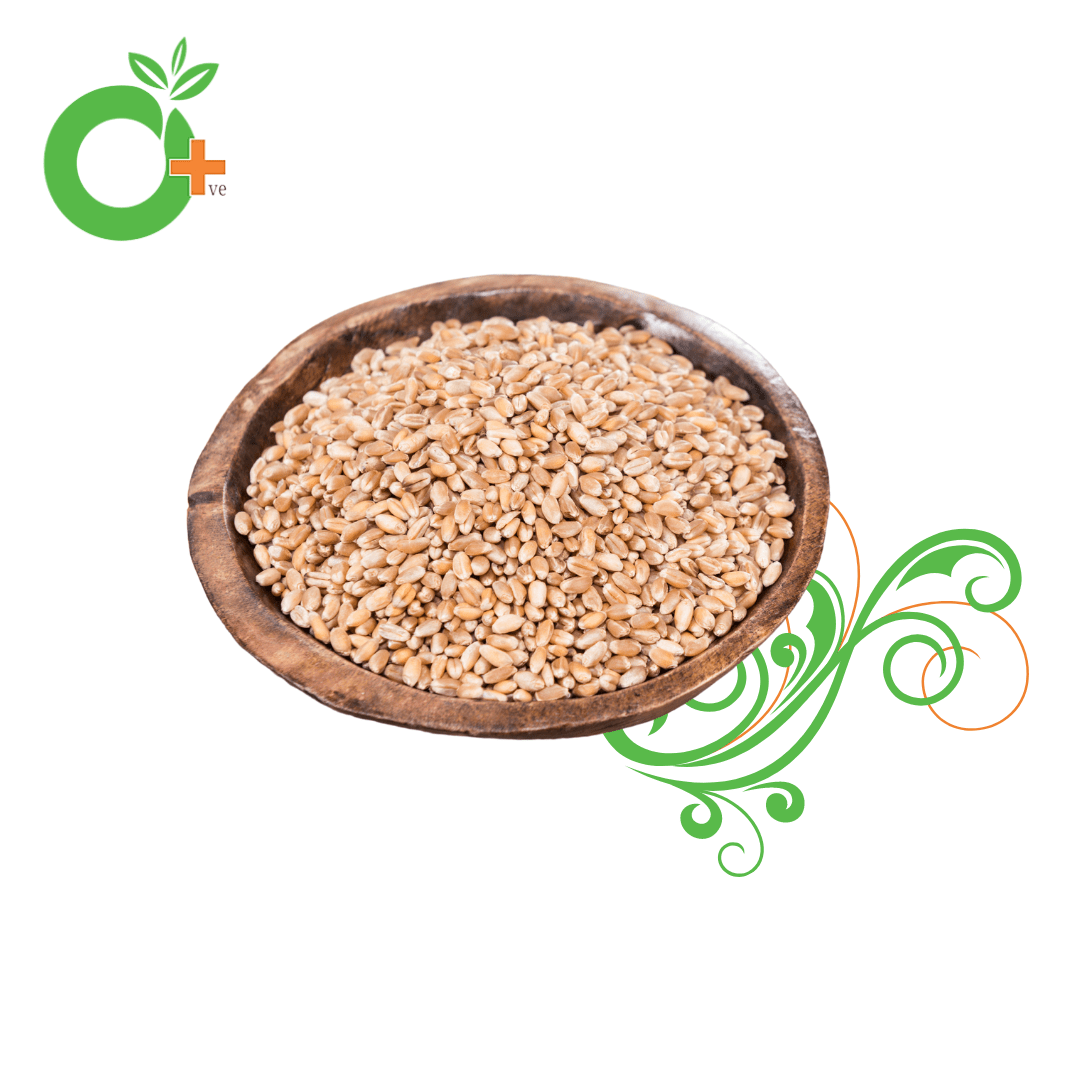

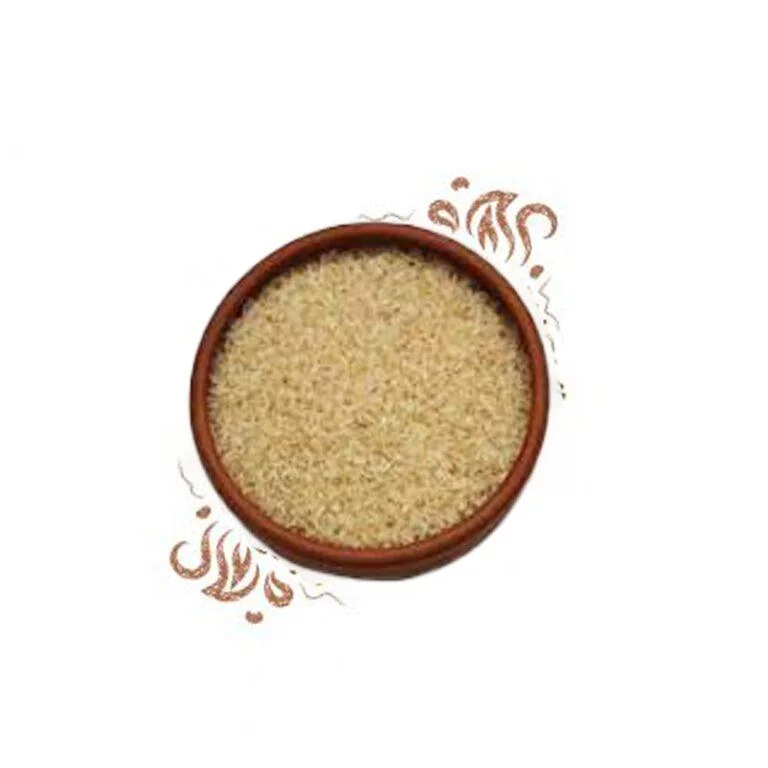

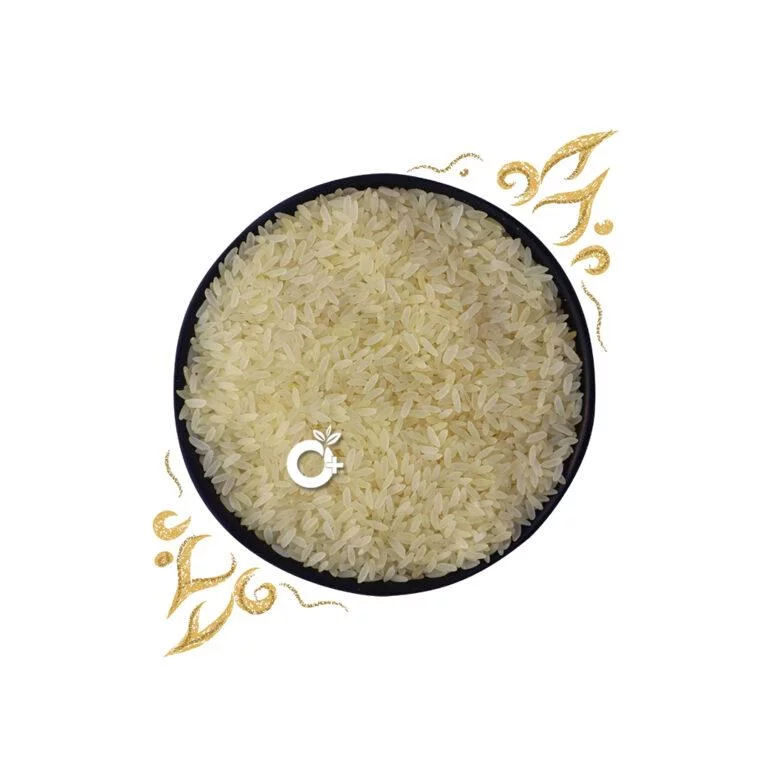

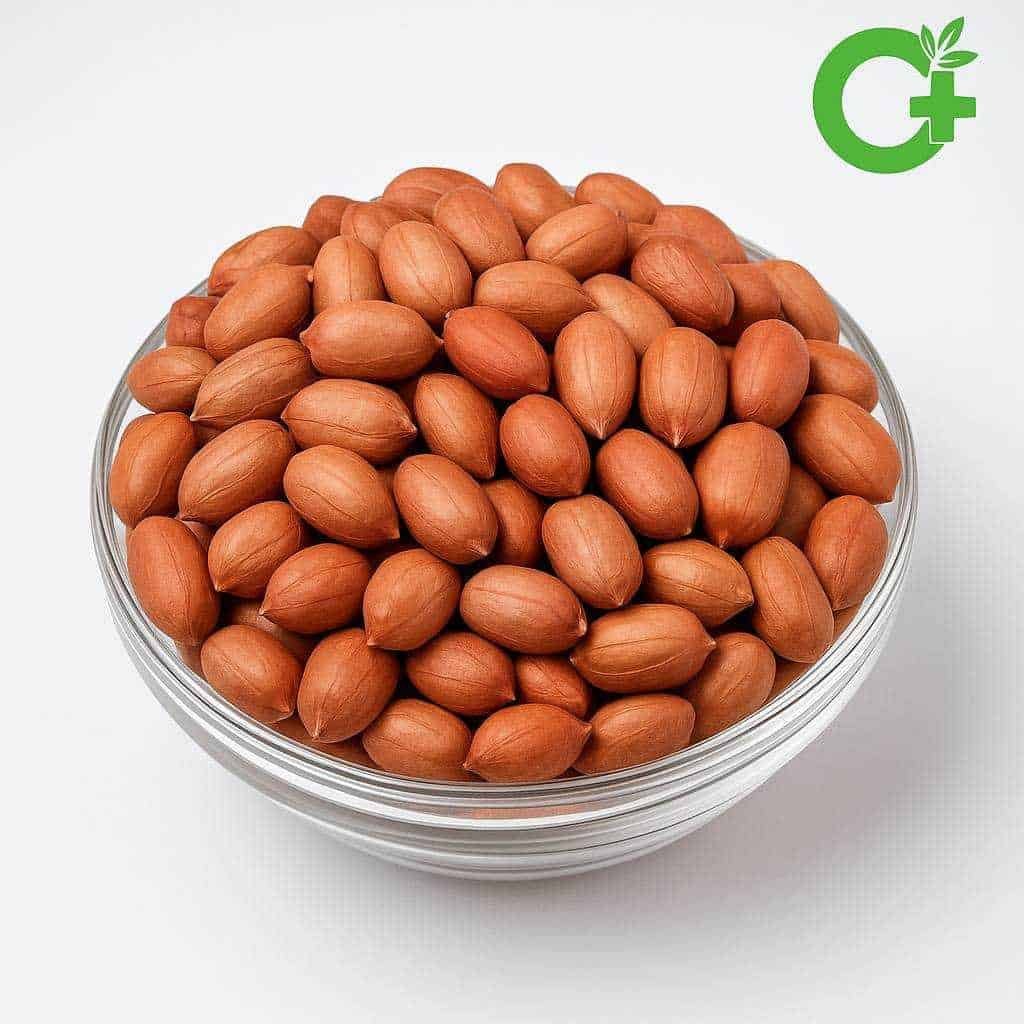
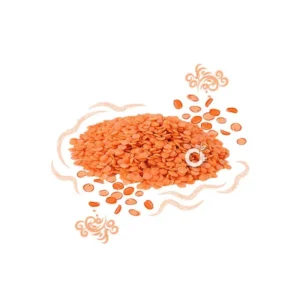
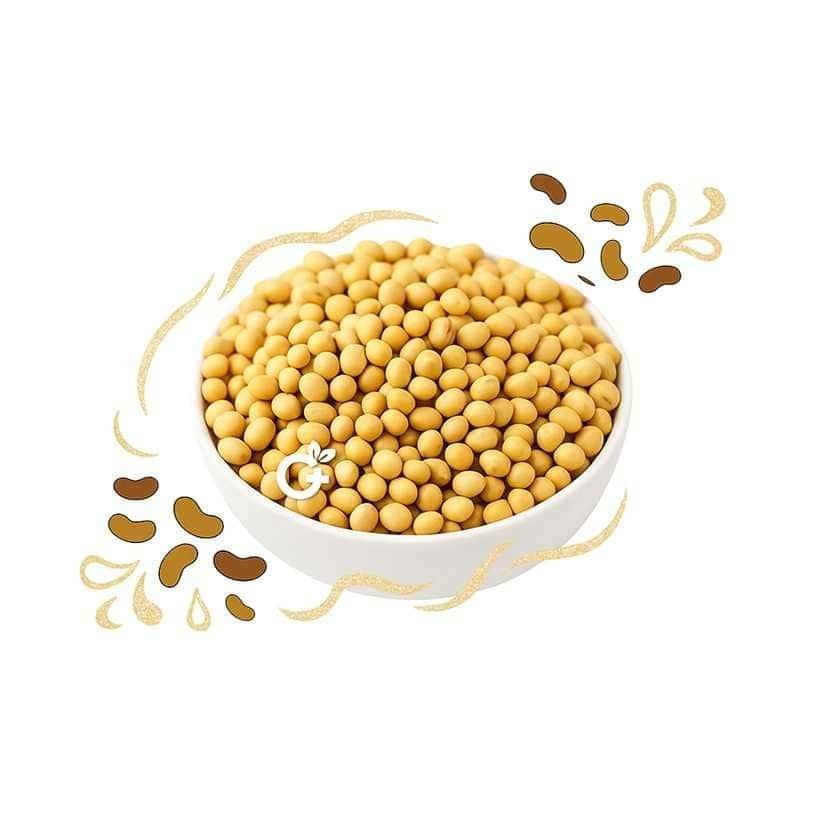



Reviews
There are no reviews yet.